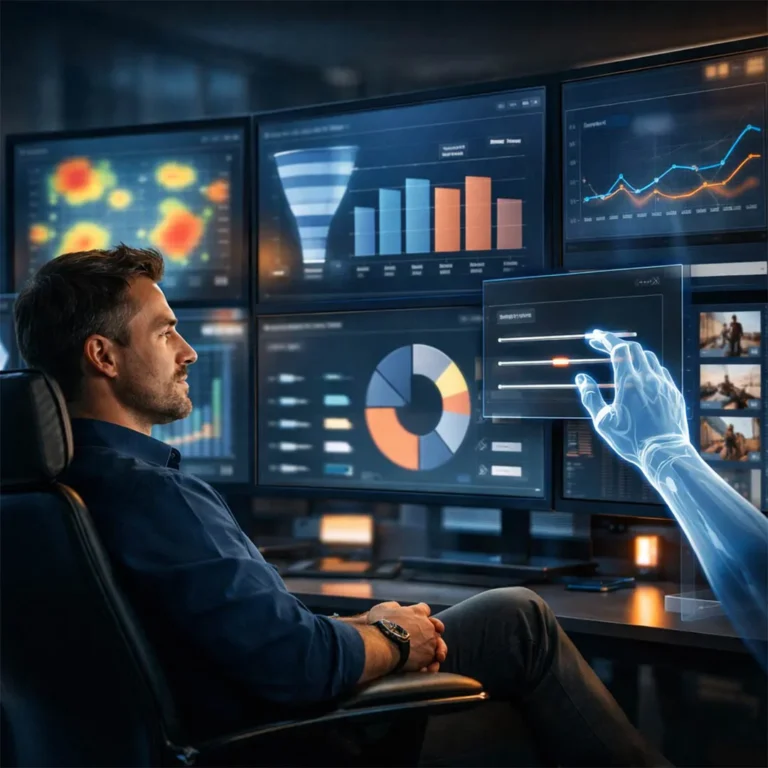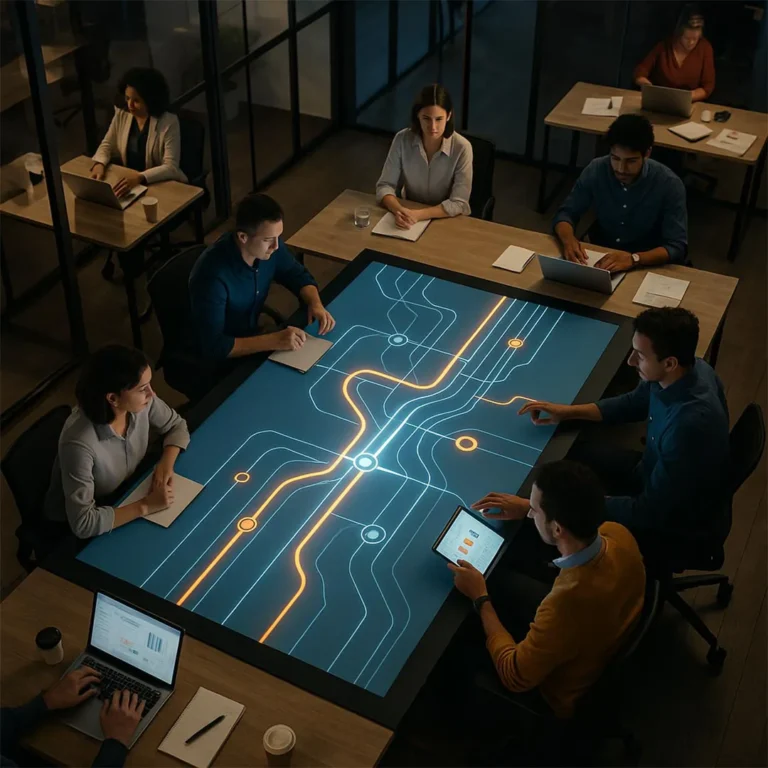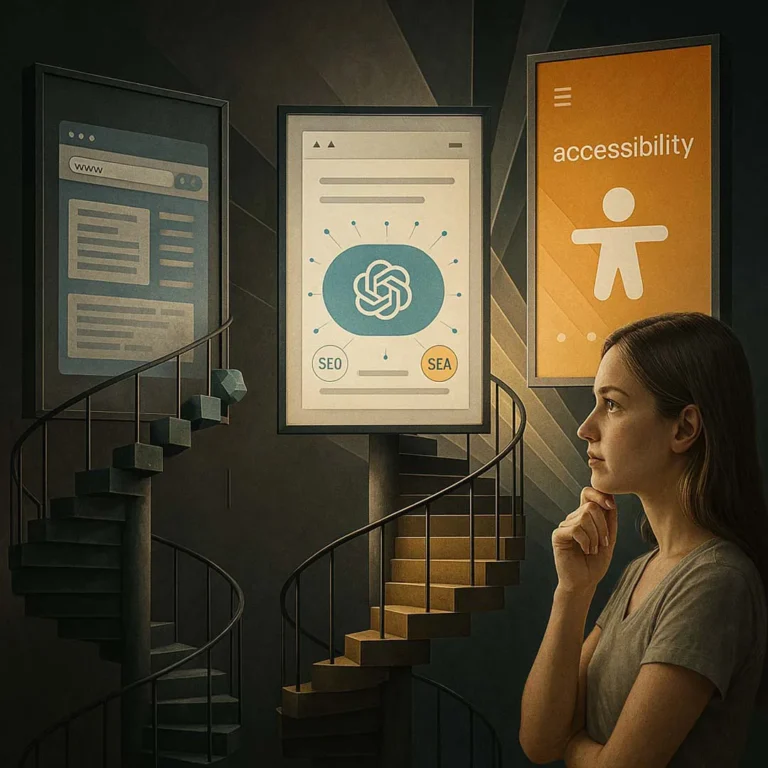The biggest marketing trends for 2026
Online marketing trends in 2026 are changing strategy, technology, and performance. Discover how AI, AEO, and web development can advance your marketing projects...

Online marketing trends in 2026 are changing strategy, technology, and performance. Discover how AI, AEO, and web development can advance your marketing projects...

Discover why Spotify Wrapped sets the standard for marketing campaigns and how you can turn data into reach, engagement, and revenue...

Erfahre, warum VTubers 2025 YouTube dominieren, Markenbudgets anziehen und messbaren ROI liefern.

Learn how to build trust in digital marketing in a targeted manner, clearly position your brand, and strengthen its visibility in the long term...

Learn how to develop a clear content marketing roadmap, strengthen your growth, and plan your content efficiently. Get started now with Media Beats as your partner!

Google Ads now combines powerful Google AI features, simplifies your daily routine, and boosts performance throughout the entire customer journey.

Clear positioning in online marketing determines visibility, trust, and growth. Learn how to precisely align your brand and strengthen it in the long term.

A contemporary website determines trust, visibility, and conversion. Learn how modern websites work and how you can successfully modernize your web presence.

You can put an end to content fatigue by structuring your newsletters more clearly and personalizing them more effectively. Data-driven email marketing allows you to increase engagement and reactivate inactive subscribers.

Discover the three best WhatsApp bot tools for leads, support, and sales. Compare features, prices, and use cases. Learn how to use professional WhatsApp automation in this article.